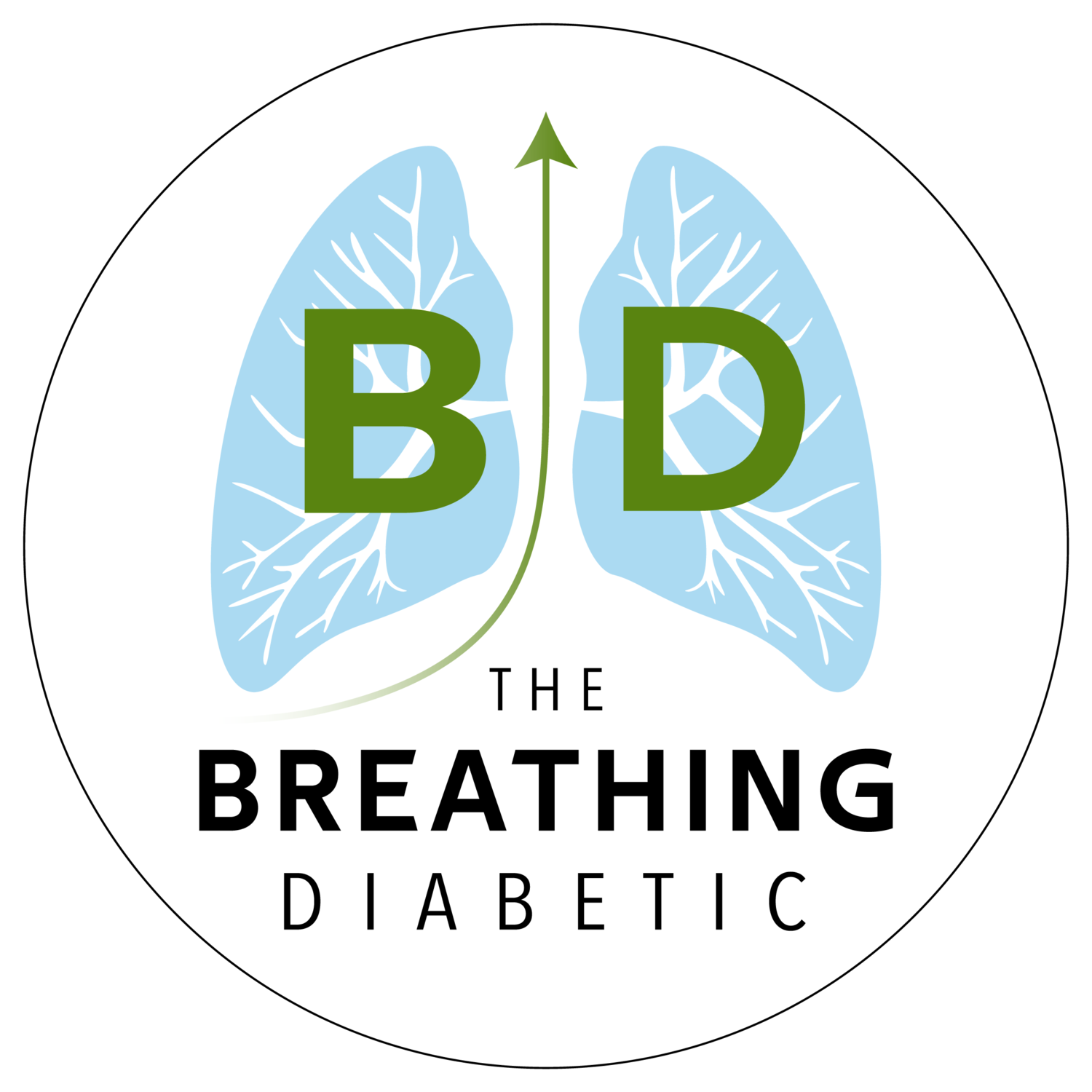Listen Instead of Reading
Hey,
Welcome back to another issue of The Breathing 411. Here are 4 thoughts, 1 quote, and 1 answer for this week.
I hope you enjoy it!
4 Thoughts
1. Posture is Easier with the Breath
“Question: Do I start with breathing correctly or addressing my posture?
Answer: Breathing comes first. Aligning your body correctly will come more easily once you have your breathing down. Plus, most cues to help with posture end up making a person tighten more rather than relax on the inhale.”
- Belisa Vranich and Brian Sabin, Breathing for Warriors
I constantly struggle with my posture (but only all the time 😂). So, I loved this answer from two of the world’s leading experts on the topic.
Additionally, as we’ve all probably experienced, you can’t really get a good breath unless you have good posture, so they really go hand-in-hand. Good breathing leads to better posture, and good posture leads to better breathing.
So sit up straight, take a relaxing breath, and enjoy the rest of this post : )
***
Related Quote: “What the bodily form depends on is breath (chi) and what breath relies upon is form. When the breath is perfect, the form is perfect (too)…Consequently, breath and form must be accomplished together.” - Chinese adage from The Primordial Breath (but I found it in Breath)
2. Fixing Hyperventilation Easily with Slow Breathing
“The mechanism by which hyperventilation is targeted by HRVB has not been proven, although it is reasonable to hypothesize that it involves a combination of slow breathing, decreased emotional and autonomic reactivity, and attention to breathing mechanisms for controlling it.”
Because slow breathing increases HRV and improves autonomic and emotional reactivity, it naturally reduces your stress. It naturally improves your sensitivity to carbon dioxide. And it naturally optimizes gas exchange.
All of this helps you breathe calmer more often.
So to fix hyperventilation easily, maybe we don’t need to fix it at all? Perhaps we should just enjoy our slow breathing practice and, with time, let our improved physiological state naturally lead to optimal breathing volume.
This approach won’t be suitable for everyone, but if you struggle with overbreathing, this might be the best place to start.
***
P.S. Ironically, when people start a slow breathing practice, they often overcompensate for the slower rate by taking bigger breaths and end up mildly hyperventilating. For this reason, many researchers and coaches (myself included) suggest that slow breathing is not enough—we must also focus on breathing volume. However, as pointed out in this 2020 meta-analysis, slow breathing might self-correct with time.
3. Scientific American: “Proper Breathing Brings Better Health”
“Breathing is so central to life that it is no wonder humankind long ago noted its value not only to survival but to the functioning of the body and mind and began controlling it to improve well-being.”
This is perhaps my favorite online article published about breathing. But, I realized I have somehow never shared it here.
I especially loved a part near the end. It’s almost as if the author is surprising himself with all the benefits of breathing as he’s researching and writing the article, and he can’t believe this stuff isn’t widely used:
“In fact, I am mystified that controlled breathing is not recommended and practiced more widely. Perhaps it is perceived as too simple, commonplace and obvious to be a remedy.”
Those were my exact feelings when I found “breathing.”
Enjoy the excellent read!
***
Related Quote: “Even more foolishly I had assumed that a universal awareness of the importance of breathing existed. Nothing could have been farther form the truth.” - Carl Stough (also found in Breath)
4. How to Breathe Stardust with Stardust
“Every atom in your body that is heavier than helium was made inside a star, usually as it was exploding. Carbon, oxygen, iron, all of it. Take a breath, and breathe stardust with stardust. This body is billions of years old.”
- Rick Hanson, Ph.D., Neurodharma
That is all. 🤯
1 Quote
“A single breath has more truth in it than all your thoughts about breathing will ever have.”
– Adyashanti
P.S. Thanks to great friend E.S. for sending this quote to me. It’s almost as if that quote is specifically calling me out on this newsletter 😂
1 Answer
Category: Hyperventilation
Answer: It is suggested that adults with a respiratory rate greater than this number “should receive immediate medical review.”
…
(Cue the Jeopardy! music.)
…
Question: What is 27 breaths per minute?
In good breath,
Nick Heath, T1D, PhD
“Breathing is the compound interest of health & wellness.”
Sign Up For The Breathing 411
Each Monday, I curate and synthesize information from scientific journals, books, articles, and podcasts to share 4 thoughts, 1 quote, and 1 answer (like "Jeopardy!") related to breathing. It’s a fun way to learn something new each week.
